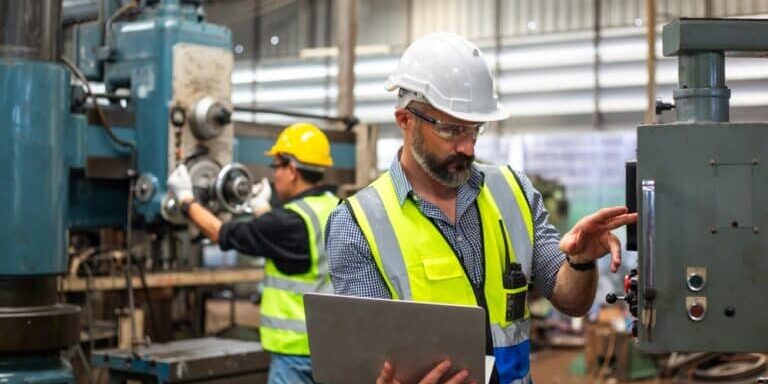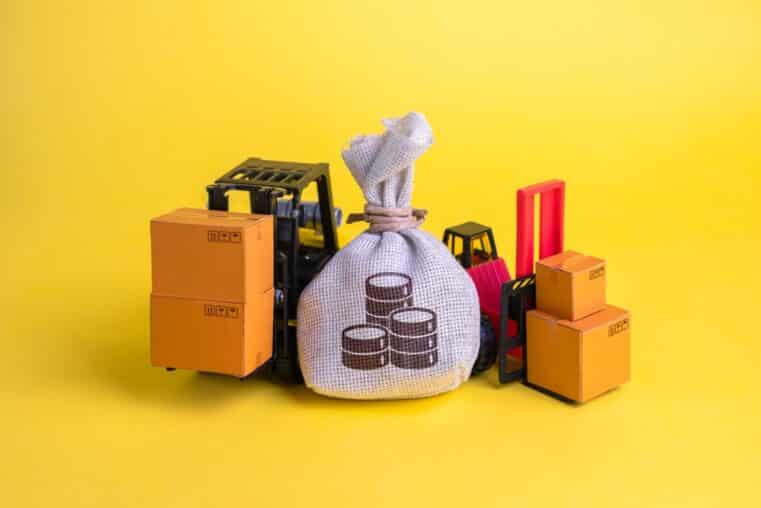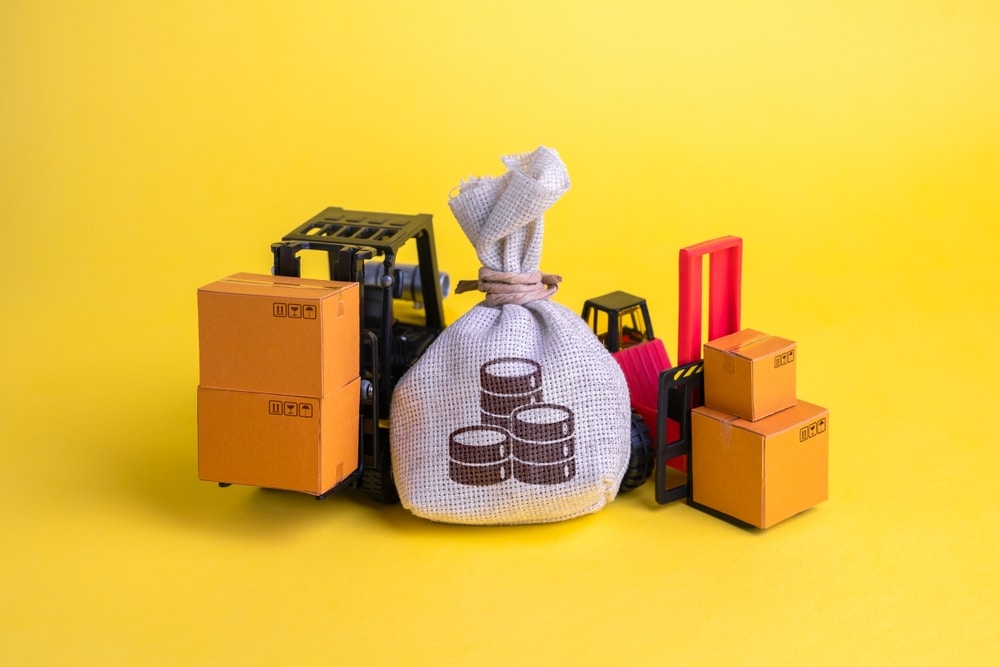
False Dawn: Why the Manufacturing “Recovery” Might Be Another Fed Mirage
The Numbers Look Good—At First Glance
According to a new wave of Federal Reserve regional surveys, American manufacturing is showing signs of life. The Dallas Fed's production index jumped 15 points to 20.5 this November, indicating solid output growth. New orders are back in positive territory. Kansas City, New York, and even the national S&P Flash PMI all report upward movement.
Wall Street and financial media are already spinning this as a sign of economic resilience—proof that the system works and the worst is behind us.
But hold on. What are they not telling you?
Production Up, But Jobs Flat—Sound Familiar?
First red flag: flat employment. The Dallas Fed admits it—despite the production surge, head counts aren’t moving. Nationally, manufacturing employment is down 94,000 jobs from a year ago. That’s not recovery. That’s consolidation.
In plain terms: the machines are humming, but the factory floor is empty.
This is the hallmark of a jobless rebound, the kind corporate boards love and workers dread. Sure, output is up—but if it’s driven by automation or productivity gains without broader hiring, the benefits don’t trickle down. Wages stagnate, benefits shrink, and the middle class gets gutted while execs pocket bonuses.
Tariffs and Trade Meddling Still Dragging Us Down
The article briefly mentions the impact of tariffs—almost as an afterthought. But make no mistake: protectionist policies are strangling American manufacturing just as much as they claim to be helping it.
Tariffs jack up input costs, bloat supply chains, and invite retaliatory trade measures. That means higher prices for raw materials, lower margins, and fewer exports. And who eats the cost? Small and mid-sized manufacturers who can’t offshore or hedge.
If we’re seeing growth now, it’s in spite of these policies, not because of them. Imagine what the sector could do if government got out of the way.
Survey Data ≠ Real Recovery
Let’s be real: most of this “evidence” is based on Fed surveys—subjective, anecdotal, and often lagging. Not one mention of private capital investment trends, entrepreneurial sentiment, or supply chain normalization from the real-world trenches.
This is central bank hopium masquerading as insight. The Fed hands out surveys, manufacturers check a few optimistic boxes, and the media spins it into a growth narrative.
Where’s the proof? Where are the hard numbers showing small shop floor expansion? Equipment investment? New plant openings? All missing.
This Isn’t Industrial Resilience—It’s Stabilization After Sabotage
Let’s not forget what brought manufacturing to its knees in the first place: years of monetary mismanagement, political interference, and supply-side neglect. Between COVID lockdown chaos, stimulus distortion, Fed-fueled inflation, and trade wars dressed up as patriotism, American industry didn’t “decline”—it was deliberately kneecapped.
Now, when the bleeding slows, they call it healing? No. This isn’t strength—it’s survival. The fact that manufacturers are still standing is a testament to grit and ingenuity, not central planning.
What a Real Comeback Would Look Like
You want a manufacturing boom? Here’s what it takes:
- End the Fed’s manipulation of credit markets. Let interest rates reflect real risk.
- Tear down tariffs and let competitive markets drive trade, not political favor.
- Slash regulatory bloat that punishes small manufacturers and innovators.
- Get the hell out of the way.
Let prices, wages, and output be guided by market demand—not bureaucratic surveys and D.C. schemes.
Conclusion: Don’t Believe the Hype
Yes, it’s better than a contraction. But this isn’t a renaissance—it’s a pause in the bleeding. Without structural reform, this bump is just noise on a longer decline.
The American manufacturing engine isn’t broken—it’s been shackled. Loosen the chains, and it’ll roar back. Until then, beware headlines promising recovery from the same institutions that caused the collapse.
Take Back Your Financial Future
Don’t get lulled into complacency by Fed-fueled optimism. Prepare for what’s next. Download “Seven Steps to Protect Yourself from Bank Failure” by Bill Brocius and learn how to keep your assets safe when the next illusion shatters.
👉 Download now
No one’s coming to save you—prepare accordingly.











